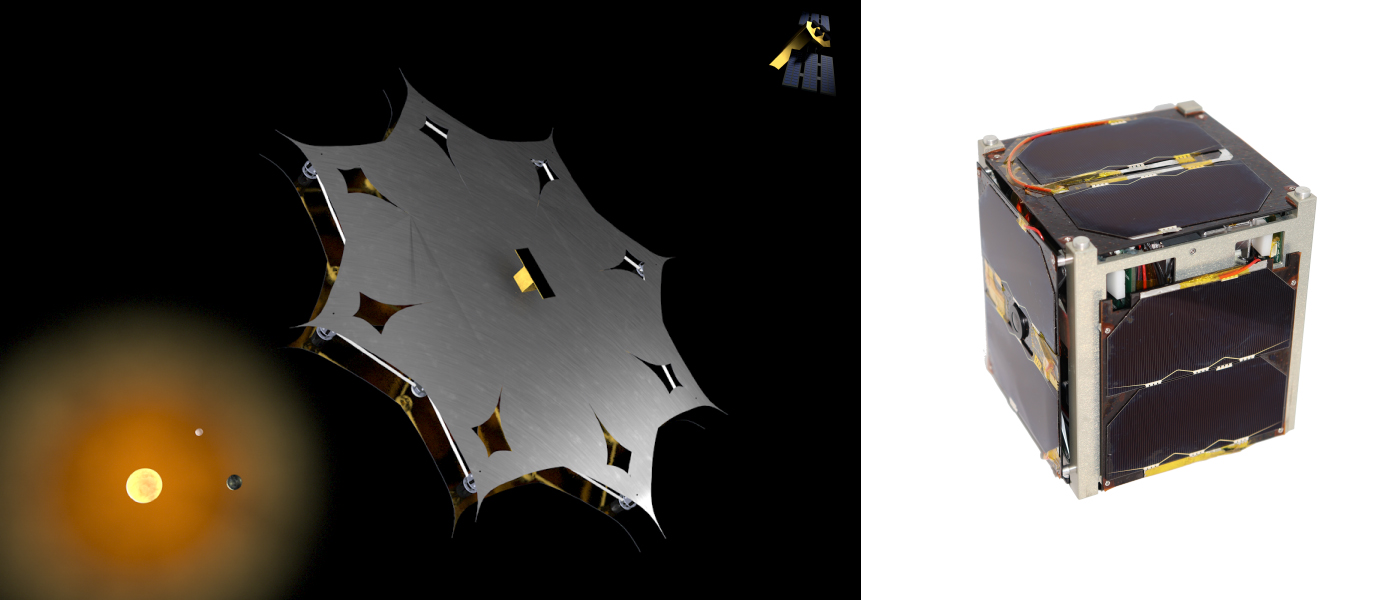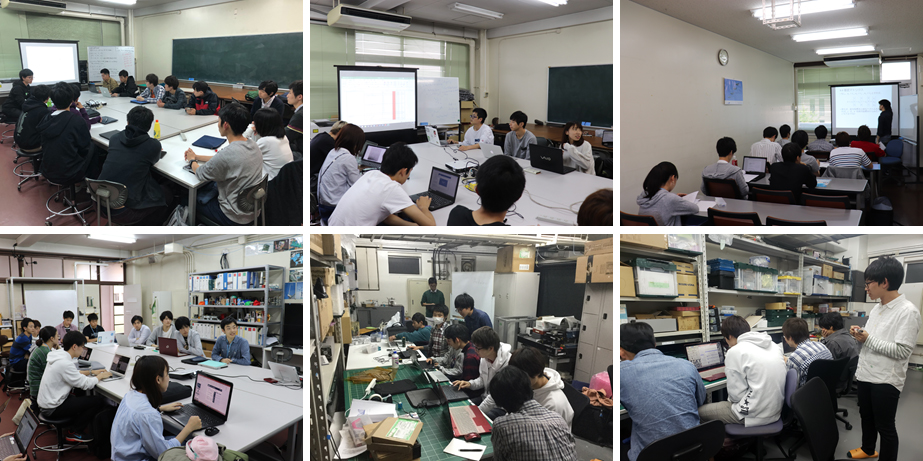| |||||||||
|
DESIGN PROJECT
[updated: April 2020] Our college established College of Science and Technology Future Doctor Lab (CST Mirai-Hakase-Kobo) in 2007 that supports the student design projects. It has several laboratories and our department supports the "Aerospace Lab". Our laboratory had supported the development of student satellite development project since 2000, and joined "CST Mirai-Hakase-Kobo". We passed the management of the project to Prof. Yamazaki's group in 2015. After that, they held up on the satellite development and changed the project to the management of the training course using a cubesat kit. Therefore, we started new design project CESS (Cutting-Edge Space Structure systems) for the students who intend to develpe nano/micro satellites. The main research topic of our laboratory is space structure, so that the key-words of CESS is "Space Structure" and "nano/micro satellite". The summary of CESS is as follows. Our college established College of Science and Technology Future Doctor Lab (CST Mirai-Hakase-Kobo) in 2007 that supports the student design projects. It has several laboratories and our department supports the "Aerospace Lab". CESS(Cutting-Edge Space Structure Systems) is a student design group that has been establshed since April, 2017. It was called "Cutting-Edge Space Systems" at first, but it was renamed "Cutting-Edge Space Structure Systems" and joined the Aerospace Lab. The objective of CESS is to propose a cuttinge-edge space systems. The proposal of novel gossamer space structure such as solar sail, self-deployable starahde, and membrane space solar power system is one of the prior projects in CESS. CESS is opened for the students who have motivation more than taking the class. The activities of CESS includes thr following two topics:
(Former Nano-Satellite Development Project)

Our laboratory started the nano-satellite development project in 2001, and the project joined the Mirai-Hakase-Kobo in 2007 as "Satellite Lab". They continued the projects and launched three satellite unntil 2014. In 2015, our department formed "Aerospace Lab" that is the consortium of several projects in the department, and the Satellite Lab has been managed by Prof. Yamazaki since that time. However, the NEXUS project that had already started in the Satellite Lab did not join the Satellite Lab and our laboratory supported the NEXUS project since that time. NEXUS was launched in January 2019. Our laboratory member have been operating NEXUS and proceeds the utilization of NEXUS in CESS. The overview of four satellites developed in our laboratory and Satellite Lab is shown in thetable below. You can see the overview of each satellite if you click the satellite name in the table Our laboratory/Satellite Lab has launched three satellites and is developing one satellite. You can see the overview of each satellite if you click the satellite name in the table below.
| |||||||||
|


